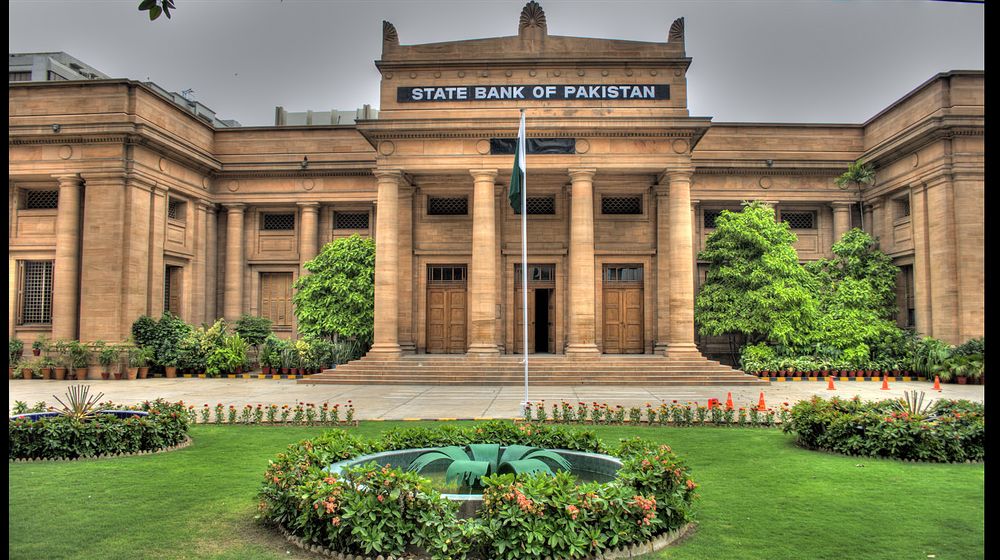State Bank of Pakistan (SBP) has raised the policy rates by 25 basis points to 10.25 percent that will be effective from February 1.
Business community at large showed its satisfaction over government’s recommendations in the mini-budget might be upset from this news as the hike in the interest rates will increase their cost of doing business.
In 2018, the policy rates were increased by 4.25 percent to 10 percent, which drastically increased the business and the production cost of the businessmen, industrialists and investors relying on the government borrowing. However, the central bank has reasons to hike the policy rate.
The challenges to Pakistan’s economy persist, the current account deficit remains high despite major improvements; the fiscal deficit is elevated, and the core inflation is persistently high. This situation calls for continued consolidation efforts and the need to revise up the interest rate at the hands of the central bank.
Factors Behind MPC’s Decision
Economic data released after the last Monetary Policy Committee (MPC) meeting in November 2018 confirms that the stabilization measures implemented during the last twelve months are taking hold.
Average headline CPI inflation stands at 6.0 percent for the first half of FY19, which is considerably higher than the 3.8 percent recorded during the same period last year
Going forward, the second round impacts of the exchange rate movements, upward adjustments in gas and electricity tariffs, and higher government borrowings from SBP are likely to be offset by the lagged impact of the increase in policy rates and the fall in international oil prices, on inflation. Accordingly, the projected range of inflation remains unchanged at 6.5 to 7.5 percent.
The pickup in inflation and the continuation of economic challenges are taking their toll on economic performance. Real economic activity has witnessed a marked slowdown during the first half of the year.
The fiscal deficit for the first half FY19 is likely to be higher than the same period last year. The MPC reiterated its earlier view that fiscal policy will have to be proactive and play a supportive role to generate conditions for stability and sustainable growth.
On the external front, the current account deficit (CAD) recorded a YoY reduction of 4.4 percent during the first half of the year to US$ 8.0 billion. This improvement is largely driven by a sharp deceleration in the import of goods and services. A marginal increase in exports and a healthy growth in remittances also helped contain the current account deficit.
Meanwhile, all major Kharif crops have recorded a decline in production from last year’s levels. The initial assessment of the wheat crop is also not encouraging. Both, the direct and the knock on, impacts of changes in commodity producing sectors on the services sector, is likely to reduce real GDP growth for FY19 to around 4.0 percent, well below both the annual target of 6.2 percent and the 5.8 percent growth realized in the previous year.
The MPC noted that the impact of stabilization measures implemented so far is gradually unfolding and confidence is improving amidst reduced economic uncertainty, but the fiscal deficit is yet to show signs of consolidation despite a reduction in PSDP spending. Although a gradual improvement in the current account deficit is visible, it remains high. The marked shift in the pattern of government borrowing from scheduled banks to SBP entails inflationary concerns; and even as stabilization measures gradually work through the economy, underlying inflationary pressures persist.

























